Iwan Ljunggren Library
Axel Fredrik Iwan Ljunggren (1884–1975) was an internationally famous stage magician, born in Gothenburg. The Iwan Ljunggren Library includes books and periodicals about magic, stage magic performance and spiritism, as well as photographs, playing cards and ephemera. Most of the material is from the 20th century.
About the collection
The Iwan Ljunggren Library primarily contains books about stage magic, but also includes works on parapsychology, military mind reading experiments, spiritism, puzzles, folklore, supernatural phenomena, riddles and games. The books on magic tricks have been given subject headings according to a home made system at some point. These headings include, among others, Mentalism, Close-up, and Card tricks. The latter were Ljunggren's own speciality, and in his library is a collection of almost 400 decks of cards. Anna Svensson's article Magi i magasinen, published in Språkens magi: festskrift till Ingmar Sörhrman (p. 250) has a detailed section on which languages feature in the collection, and which parts of the collection have been acquired in what years (article in Swedish).
The collection treats the curious to an exciting tour of the entertainment of the western world in the early decades of the 20th century - occasionally with features that are now considered problematic. In its field, the collection is unusually extensive and comprehensive, and it constitutes one of the world's largest libraries of its kind. Throughout the 20th century, the stage magic circles were a source of fanzine publications along with other small-scale publishing, not least in Ireland, which is plain to see in the periodicals section of the Iwan Ljunggren Library. Small, self-published titles abound, often as stencils stapled together and sold in sealed envelopes. The image material is interesting too, with a wealth of technical and instructive illustrations showing how to perform various magic tricks, alongside "spirit photographs", photos from the world of entertainment, illustrated manuals for how to wrestle crocodiles, and a host of other motifs.
The material is labelled with accession numbers on tiny paper labels, corresponding to the accession catalogue, in numerical order.
An interesting material in the collection is a handful of what is known as force books, a special prop for "mind reading" tricks. At a cursory glance, force books appear to be normal books and magazines, but their content has been tailored to yield a specific result during interaction with the audience. Among the examples is a volume of "Collected poems" by renowned Swedish poet Gustaf Fröding. The book contains the same page, reproduced over 200 times. This is an interesting example of Swedish-language production of force books.
Another part of Ljunggren's collection included "magical apparatus", props used for stage performances. However, these were never acquired for the collections of the Humanities library. According to the Svenska trollkarlar website, the prop sets included – among other things – The Awakening of the Flowers, The Disappearing Kerosene Lamp, The Cascade of Bells, The Talking Coffee Pot, The Disappearing Bird Cage, and Table to Suitcase.
The Iwan and Eleonore Ljunggren foundation makes annual donations for medical research. The foundation currently holds over 45 million SEK in trust.
Acquisition history
According to an article in the Swedish newspaper Aftonbladet from March 25th, 1928, Ljunggren decided already in that year that he would donate his collection to the then Gothenburg Public Library. However, there is no conclusive documentation stating when the material was received by the library. There is one brief note dated April 17th, 1969, in the accession catalogue of the Manuscript section, that one box of archive materials had accompanied the collection of books belonging to accountant Iwan Ljunggren. This does not necessarily mean that the books arrived at the library at the same time as the archival materials. The library's annual report for 1969–1970 mentions no donation.
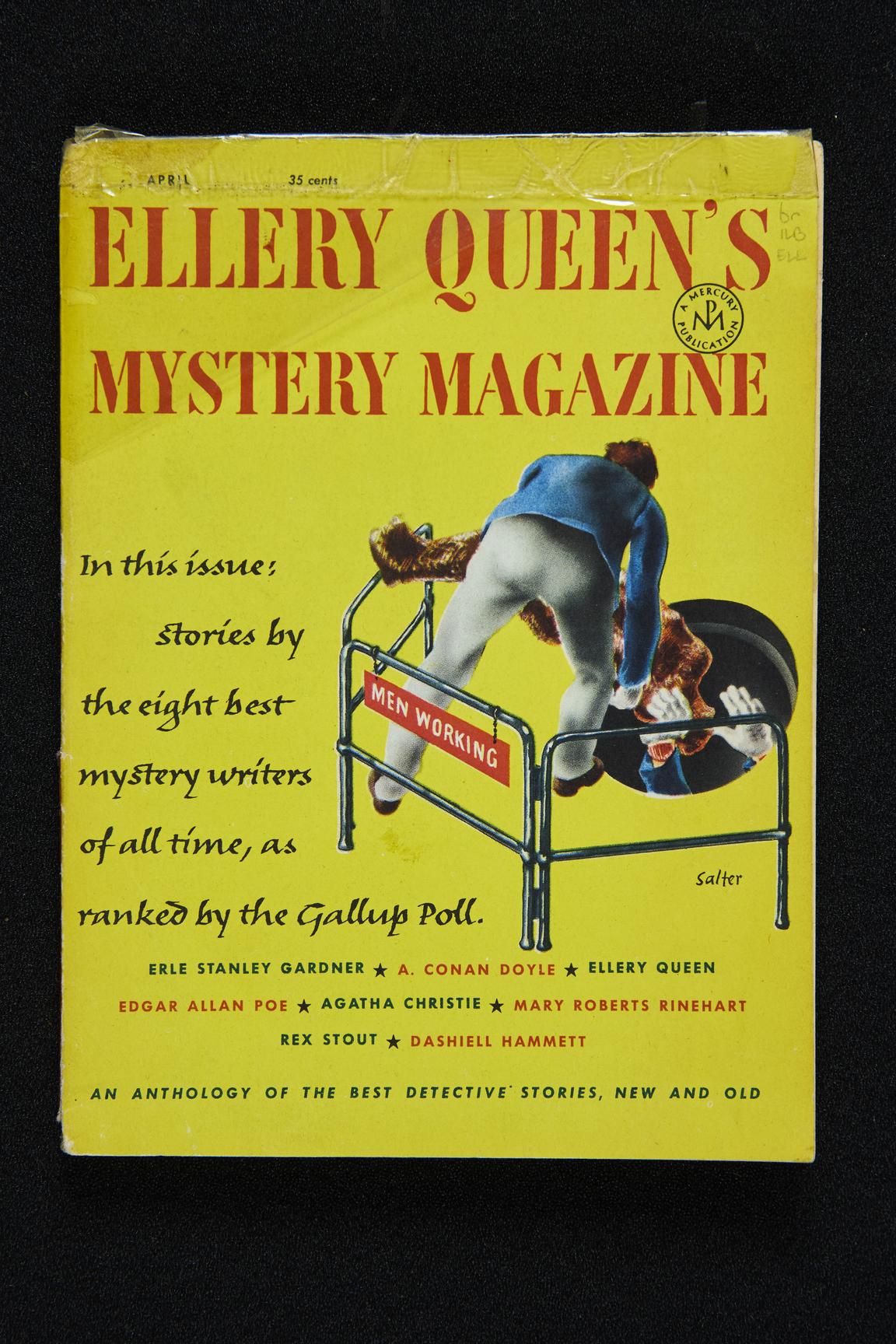
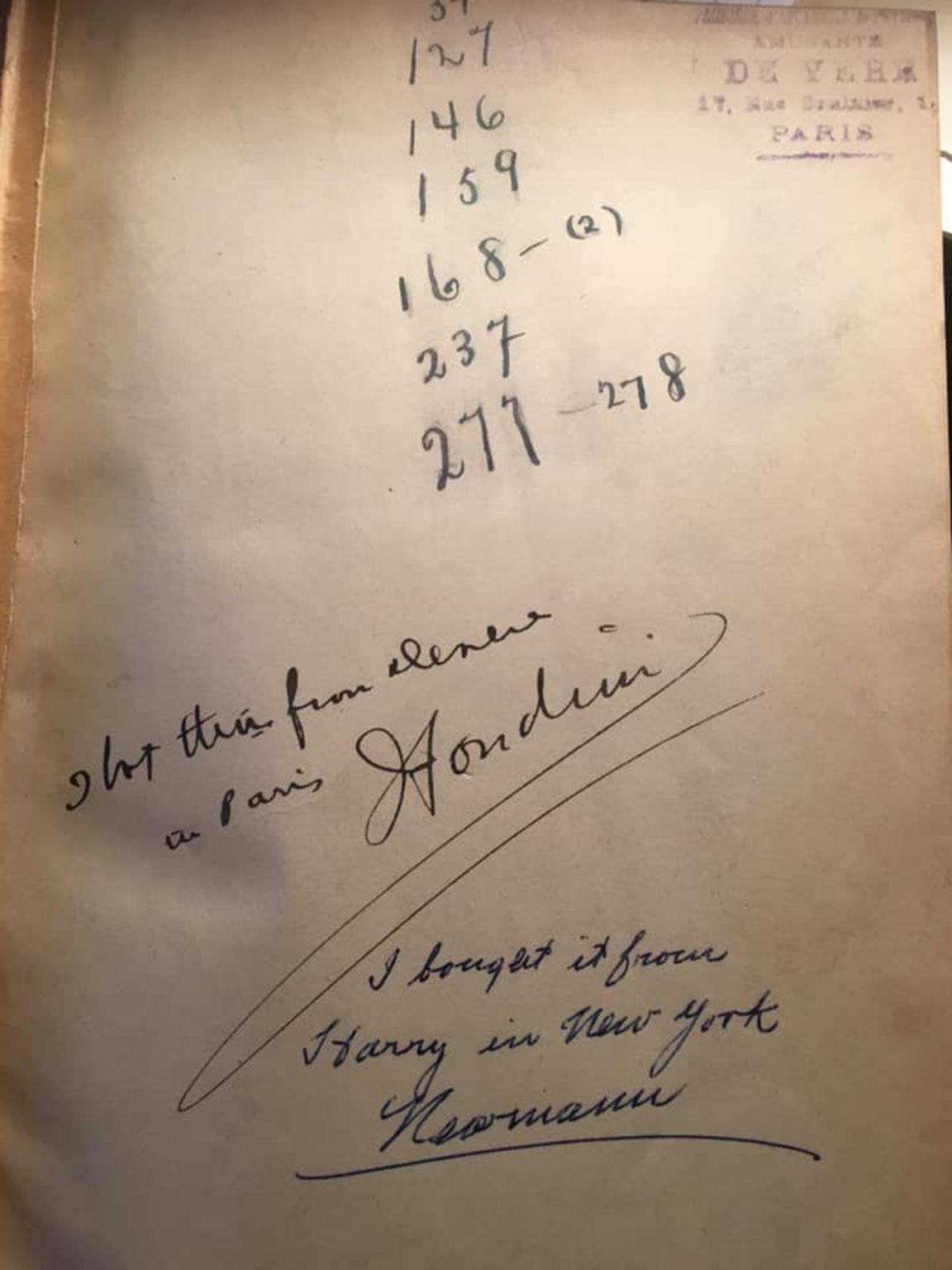

Access the collection
The collection is held in the closed stacks of the Humanities library. It is available for reading room use only. The collection is catalogued in its entirety.
Catalogue
Via Libris
Via Supersök
Inventory
Gupea has a typed inventory of the collection.
Alvin has Ljunggren's own accession catalogue.
Archive
The Iwan Ljunggren archive via Alvin.
Humanities library
Renströmsgatan 4
405 30 GOTHENBURG
Phone: 031-786 17 45

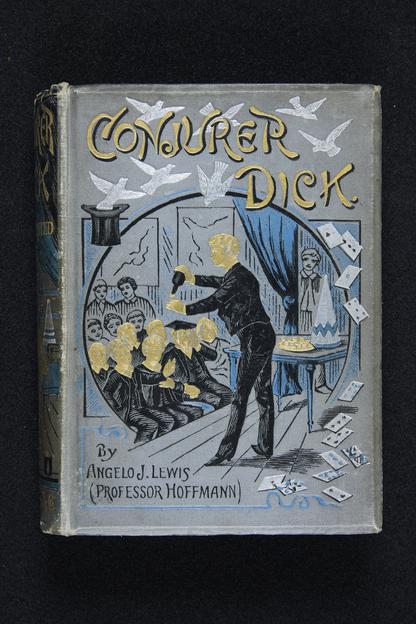
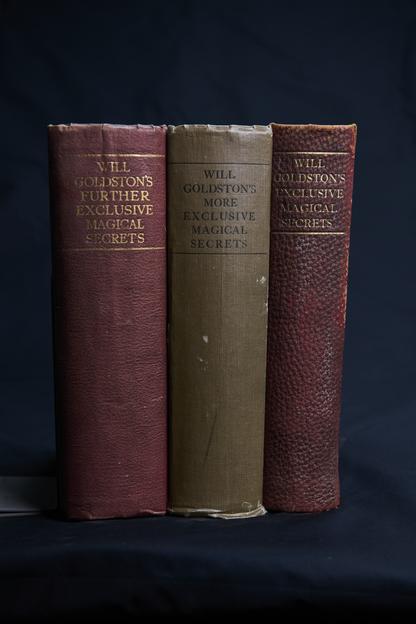
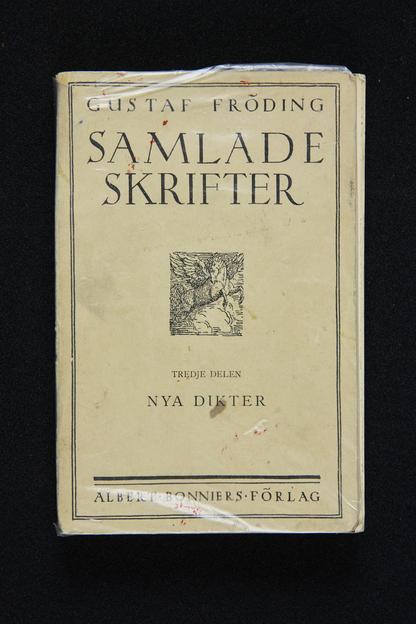
Text:
Anna Lindemark
The collection is catalogued by Anna Lindemark.
Biography
Axel Fredrik Iwan Ljungren was born in the Karl Johan parish in the district of Majorna, Gothenburg. He studied at the Gothenburg school of business, and held various positions after graduation. In 1915 he married Eleonore Albihn (1886–1972). The couple settled in Stockholm and Ljunggren eventually opened his own accounting firm.
In an article in Aftonbladet from 1928, Iwan Ljunggren is described as “one of Stockholm's most accomplished amateur stage magicians." In Who's who in magic he is mentioned as performing “sleights, mental magic, illusions for clubs”.
Ljunggren was part of the group that established the Svensk Magisk Cirkel in 1946, and served as the first accountant of the group. For many years, he was also a member of the International Brotherhood of Magicians (IBM), acting as its Swedish representative.
Anna Svensson's article Magi i magasinen is finished by a comprehensive bibliography of Iwan Ljunggren and his life.
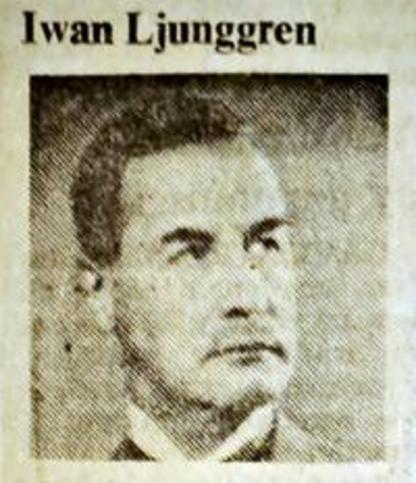
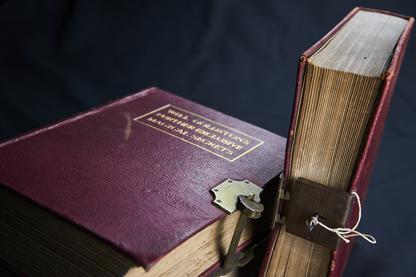
Read more
(Note: Majority of resources below in Swedish.)
Deepfejkade gubbspöken i kartong – about the Iwan Ljunggren Library via Marginalia.
Forcerat – about force books via Marginalia.
Iwan Ljunggren via Magicpedia.
Strömberg, Nils. Bland trollkarlar och trollkonster, (Sign. "Razor"), Aftonbladet 25 March, 1928.
The Sphinx, 1939, no. 3, p. 69. One of Ljunggren's magic tricks described.
Svensson, Anna. Magi i magasinen. In: Språkens magi : festskrift till professor Ingmar Söhrman (2017).
Suggested research topics
- An overview of the collection's contents. What is represented here, and how does it mirror the time and context of the material?
- Biographical studies.
- Comparisons with other, similar collections on magic, stage performance and entertainment.
- Depictions of stage performances in older publications.
- Historical demonstrations of scientific experiments for entertainment purposes.
- Instructive presentations of magic tricks.
- Stage magic props.
- Small-scale publication and fanzine culture within stage magic circles in the 20th century.
- Interdisciplinary material concerning military ESP-trials such as "mind reading".
- Early photo editing, including what is known as “spirit photography".
- Issuing of “force books" as props for “mind reading" performances.
- Gender and diversity perspectives on stage performances.
- Choice and presentation of artists' stage personas within 20th century entertainment culture.
Please contact us if you have any suggested research topics you would like to share!
Help us
Can you read sanscrit? The collection has materials in this language. If you would like to contribute to our work with the collections, please contact us!